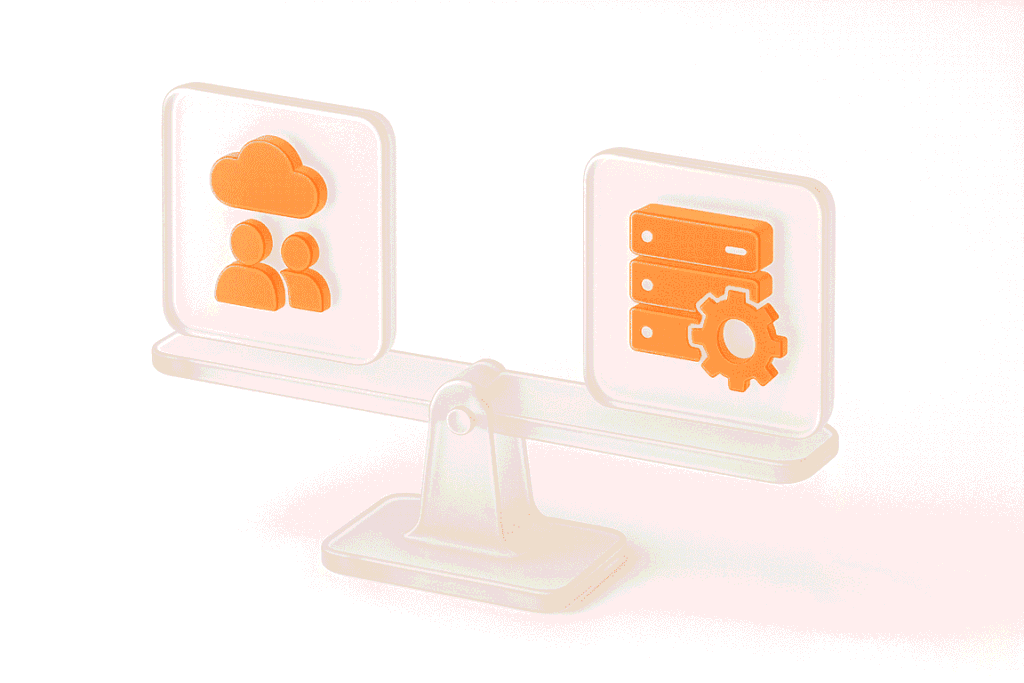In our previous post, we explored the essence of Software Reliability Engineering (SRE) and skimmed the surface of its distinctions from performance testing. Now, let’s illuminate their common ground, delve into disparities, and decipher the skills that seamlessly transform a performance tester into an SRE.
It’s crucial to note that SRE encompasses diverse responsibilities, ranging from cloud platforms and databases to containerization and system architecture.
SRE and performance testing common ground
SRE and performance testing share a rich common ground, and it’s no coincidence that many skilled SRE professionals emerge from the realm of performance testing. Both fields recognize testing as a vital investment for engineers aiming to enhance product reliability, emphasizing that testing isn’t a one-time event but an ongoing process throughout the project lifecycle.
In addition, SREs and performance testers alike engage in continuous monitoring to track system behavior, conduct in-depth system analysis, and proactively search for potential performance problems and bottlenecks. A key strategy in this process is continuous performance testing, which validates software speed, stability, and scalability throughout the development lifecycle. This shared responsibility extends to exploring innovative solutions to address identified issues, highlighting the collaborative nature of ensuring system reliability and optimal performance.
Exploring the differences between SRE and performance testing
When considering the distinctions between SRE and performance testing, the primary difference lies in their work environments. SREs operate in live production settings, managing real user-generated loads. In contrast, performance testing occurs in isolated environments, using dedicated platforms like JMeter or LoadRunner to simulate loads.
However, this distinction is just the surface; the key divergence stems from the varied roles of SRE and performance engineers on a project. While SREs move beyond traditional performance testing approaches, their role extends broadly.
Responsibilities of Software Reliability Engineers
SREs skillfully apply classical software testing process techniques at scale, covering the entire spectrum from development to troubleshooting. Their responsibilities encompass defining target metrics and establishing automation for testing and incident response mechanisms, transcending the boundaries of conventional testing roles.
SREs skillfully apply classical software testing techniques at scale, covering the entire spectrum from development to troubleshooting. Their responsibilities encompass defining target metrics and establishing automation for testing and incident response mechanisms, transcending the boundaries of conventional testing roles. An essential aspect of this approach is focusing on four golden signals of reliability—latency, traffic, errors, and saturation—which guide SREs in maintaining system health and performance.
The responsibilities of an SRE are multifaceted. In essence, an SRE shoulders the responsibility for the performance, stability, and availability of the system, collectively defining its reliability. Let’s delve into each of these components.
Performance
Software reliability engineers meticulously evaluate the performance of the entire infrastructure, including components like balancers, databases, and buses. This encompasses provisioning the infrastructure to ensure suitability without limiting future deployment. Their in-depth analysis aims not only to identify current performance bottlenecks but also to proactively prevent issues that might arise with increased load.
Capacity planning
In addition, SREs are tasked with capacity planning. Differing from the conventional role of performance engineers, they go beyond identifying and localizing bottlenecks; they are proactive in preventing such issues by making the increase in load on the infrastructure predictable. A crucial part of this proactive approach involves managing error budgets, which allow teams to balance innovation and reliability by defining acceptable levels of risk and system downtime.
Consider a scenario where your system is deployed on hardware in a Kubernetes environment. Here, a data engineer can implement a set of triggers that activate when the load on the cluster reaches, for example, 80%, providing foresight to procure additional hardware in advance. This predictive approach ensures smooth scalability and optimal performance for data processing and analysis workloads.
Stability
System stability denotes its capability to operate without any crashes for an extended duration. Stability practices are intricately tied to the expectations we set. These practices can be categorized into two groups: the formulation of requirements, such as those for deployment and runtime, and proficient incident management. This ensures a swift and precise identification of unmet requirements and the reasons behind them. Effectively managing incidents contributes to sustained system stability by promptly addressing any deviations from SLA.
Availability
Availability refers to when a user can access and receive the services provided by your application. In simpler terms, it signifies the ability to navigate through predefined business processes. Any system failure or component failure results in tangible losses for the company. Thus, maintaining high availability is crucial to ensure uninterrupted access to services, minimizing disruptions, and mitigating potential financial losses. Understanding the key differences between measuring reliability and availability can help teams better manage service uptime and overall system performance.
Error budget
Availability is commonly measured by calculating the time per month without any delays or failures across the entire customer journey. An error budget is often employed to monitor this metric. These parameters are defined by a company’s Service Level Objective (SLO). For instance, if the SLO is set at 99.9%, indicating 0.1% allowable errors, the service is expected to be available for 168 hours weekly, with downtime not exceeding 1.68 hours.
Depending on your business, stability may need a separate assessment, with tailored requirements for distinct user groups. The SRE vigilantly monitors the error budget, triggering an investigation when it starts depleting, ensuring prompt resolution, and upholding system reliability.
Reliability
Finally, as for reliability, software reliability engineers take on the responsibility of defining requirements for fault tolerance. This involves implementing various patterns like Retryier, Burst/Rate Limiter, Circuit breaker, Balancer, and Graceful degradation/fallback. To evaluate the collective effectiveness of these patterns and ensure the desired level of fault tolerance, SREs conduct specialized tests, such as Chaos engineering. These tests provide a comprehensive understanding of how these patterns function together and their capacity to handle unexpected failures or disruptions.
Production testing
Unlike the typical approach of performance testers, SREs actively employ tests in production. Engaging in the live environment offers a distinct opportunity to collaborate closely with product teams, enhancing comprehension of system behavior and enabling real-time troubleshooting.
Automation in SRE
SREs leverage automation to streamline tasks, respond rapidly to incidents, and maintain system health at scale. Automated monitoring keeps a constant watch, catching issues early. Scripted deployments and configuration tools maintain consistency and minimize the chance of human errors. By automating capacity planning, incident response, and change management, engineers enhance the reliability and stability of systems, contributing to a seamless and efficient operational environment.
Implementing automation in SRE usually includes crafting scripts, employing configuration management tools like Datadog, Prometheus, or Ansible, and building workflows with tools such as Jenkins. For instance, a scripted deployment process might involve automatically updating software across servers, while configuration management tools help maintain consistent server configurations. Workflow automation tools assist in orchestrating tasks, ensuring efficient execution of routine processes like scaling or incident responses.
Conclusion
As you can see, SREs blend traditional testing methodologies with scalable approaches, emphasizing automation to ensure sustained performance, stability, and availability. This underlines the broader responsibilities of an SRE, marking a dynamic progression in the domain of system reliability.



